C.A.A. Savastano's Blog, page 9
August 17, 2019
Hoover's Special Intelligence Service
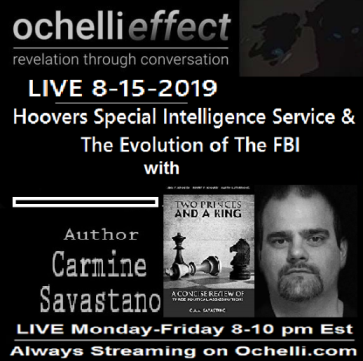
The Special Intelligence Service is a little known predecessor of the most infamous and renowned later groups that still remain in the public consciousness. This largely forgotten American entity was under the command of J. Edgar Hoover and despite his earliest lukewarm desires to manage the group, in time he would desire to use this organization as a launching point for shared control of worldwide intelligence operations with the military.
August 15, 2019
A Look at CIA Director Walter Bedell Smith
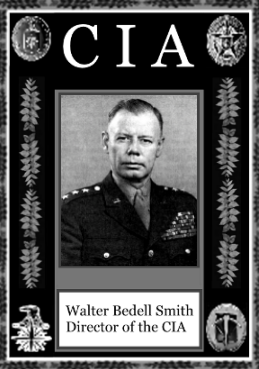
The Past American Century has a look at the important historical policies of Director of Central Intelligence Walter Bedell Smith who restructured the Agency with a military bent during a period of uncertainty to secure its future eminence.
August 3, 2019
Wild Bill and the OSS
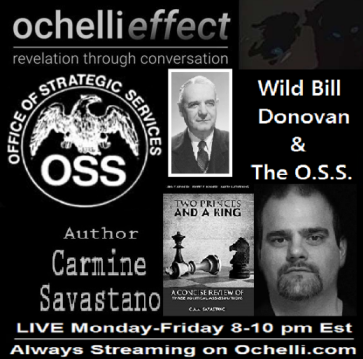
Join your host Chuck Ochelli with author Carmine Savastano as they offer some insights with evidence into the design and history of America's first official attempt to centralize intelligence via the Office of Strategic Services.
July 25, 2019
The OSS: History and Documents
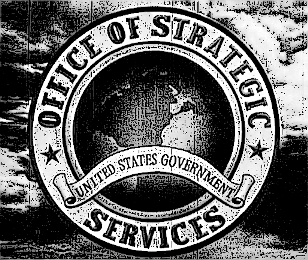
Inspecting the foundations of the modern historical American intelligence system and its military origins reveals the influences that created the Office of Strategic Services from which all later intelligence groups would evolve. Additionally noted are some resulting power struggles between civilian and military departments about the policies and future path of American intelligence.
July 23, 2019
The Past American Century continues its Allen Dulles review

Historian Mike Swanson and author Carmine Savastano return to complete their prior study of former Director of Central Intelligence Allen Dulles in another look at the whether he was the a legendary spymaster or merely presenting the crafted image of one.
July 13, 2019
The Bi-Partisan American War Machine
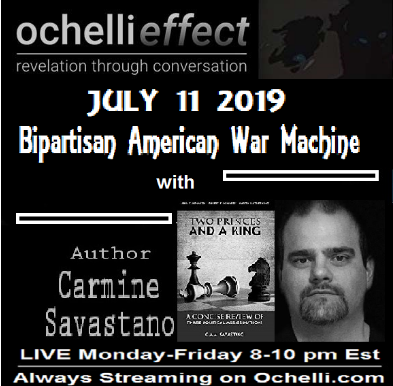
An increasing expansive budget, repeated calls for military escalation, bipartisan love of political pork, and expansive benefits have fueled an expanding war machine that presents there will be no end to government-authored violence without public demands for reason.
July 11, 2019
The Past America Century reviews Allen Dulles
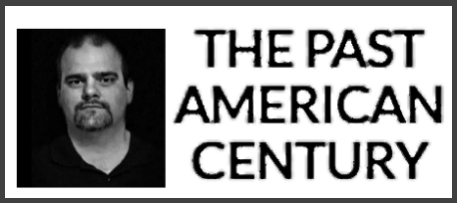
Historian Mike Swanson and The Past American Century podcast return with author C.A.A. Savastano to discuss the historical successes and failures of Director of Central Intelligence Allen Dulles. They consider whether he is truly the mastermind of lore or perhaps his legend is founded upon less than substantial evidence.
June 25, 2019
Who controls Covert Action?

The Past American Century podcast is back featuring a discussion with author C.A.A. Savastano and historian Mike Swanson. They review US covert action operations while considering if decades of official and public debate and restructuring have diffused responsibility so much that no official or government agency completely does.
June 23, 2019
JFK 201 The Military Establishment
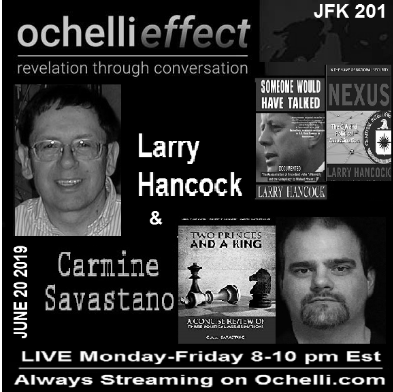
Authors Carmine Savastano and Larry Hancock join your host Chuck Ochelli to discuss some notable people, structures, and conflicts among the United States military's establishment. These subjects and other related facets of the Kennedy assassination are discussed and debated.
June 13, 2019
Intelligence Media Matters
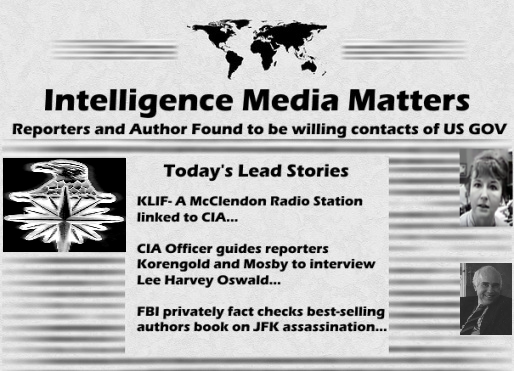
Discoveries in the latest and prior releases of the official files are repeatedly evolving our understanding of related historical matters. Yet one thing remains ever the same, the ability of some news media to spotlight aspects of a matter that often distract from the greater questions and instead cast aside the substantial for the salacious. In some cases people directly act as knowing advocates for official agendas and more often a government can utilize a person for their purposes without the subject knowing it occurred. Insightful members of the public should not just question a media personality's ideas, but also the original source of the information they promote.
Commentator Gordon Barton McLendon owned Dallas radio station KLIF and was broadcasting during the assassination of President Kennedy. McLendon as a youth gained the notice of journalist, CIA contact, and later publisher of "Life" and "Time" magazine Henry Luce with a political essay submission. He subsequently served as a broadcaster on Armed Forces Radio and became an intelligence officer in the United States Navy during WWII. Following McLendon's wartime duty he completed a law degree at Harvard, moved back to Texas, bought a financial stake in the radio station KNET, and subsequently decided to develop his own station KLIF in the Oak Cliff area of Dallas. The business soon expanded to hundreds of stations carrying the KLIF lineup and McClendon established Liberty Broadcasting System with his father. The pair won awards for their sports casting talents and repeated on air innovations such as mobile news broadcasts, all news stations, and radio jingles.i
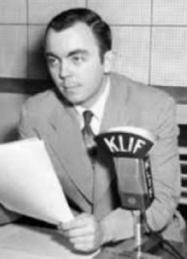
Gordon B, McClendon
In nineteen fifty-two, Gordon provided business cover for a CIA contact agent in Japan under Project DKMIKADO but his past "fraud, duplicity, evasion, and an indiscreet moral life, i.e. heavy drinking and extramarital activity" gave officials pause when considering further use.ii The Agency was likely not actually concerned with morality but that he possessed questionable loyalties and his negative acts would further compromise his possible utility. These flaws could provide an enemy intelligence group means to blackmail him, convert him, or embarrass the CIA and thus in nineteen fifty-two the Office of Security's Staff C Special Security Division denied requests to use the business executive with his knowledge.iii iv During nineteen fifty-three, another document purported no further interest existed for McLendon's use and officials should close his file.
McLendon during the intervening years reportedly established friendships with both mafia connected nightclub owner Jack Ruby and CIA officer David Atlee Phillips. By nineteen sixty-five he owned several radio stations and in the wintry months of December became a witting asset of CIA Project WUENTREE. McLendon according to another Central Intelligence Agency file states he was a consistent "witting collaborator" or someone aware of his or her intelligence relationship with government officials. In May of nineteen seventy-two McLendon met with an unnamed Agency staff officer to explore additional ways he could serve his government. Some often mention his rich past as a broadcast pioneer but his frequently unmentioned association with the Central Intelligence Agency and frequent promotion of official narratives is notable as well.
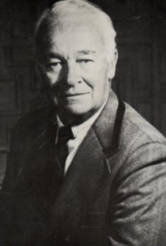
Author James A. Bishop
One rarely observable instance of media collaboration with government officials is when leaders directly help authors supporting government positions. For example, they might edit the content of a book about the Kennedy assassination to aid someone who supports them. While some might be skeptical the Federal Bureau of Investigation was actually fact checking a book in nineteen sixty-eight for a private author, that is precisely what occurred. Author James Alanzo Bishop wrote "The Day Kennedy Was Shot" a minute-to-minute account of the Kennedy assassination guided by later FBI assistance. Prior literary successes would render Bishop a well-known and respected author and his book about the Kennedy assassination became useful vehicle for American intelligence officials.
The Federal Bureau of Investigation spared no effort to help Bishop enlisting its Intelligence, Laboratory, and General Investigative divisions to review his book for errors and useful adjustments. FBI Assistant Director Albert Rosen in one document provides the page-by-page series of suggested corrections to Bishop's novel akin to a media consultant and notes, "The FBI and FBI personnel are favorably mentioned on numerous occasions."v I would imagine this pleased J. Edgar Hoover due to his penchant for pushing favorable information and propaganda to burnish the FBI's image and consequently feed his vanity. Yet this confirms some officials guided another notable member of public media and claims the book was unbiased seems futile based on the evidence. Some officials it seems will take nearly any underhanded method for a matter of grave importance.
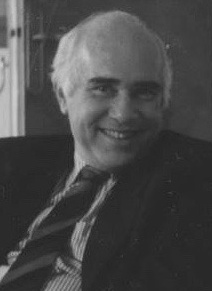
UPI’s Robert KorenGold
Lee Harvey Oswald was himself too caught within a feasibly expanding net of intelligence related media in Moscow upon his arrival in nineteen fifty-nine. US Embassy Second Counsel Richard Snyder had interviewed Oswald, embassy officials suggested a local hotel, and staff member John McVickar would inform reporter Priscilla Johnson to interview Oswald at the suggested hotel where she also resided. Snyder would subsequently tell investigators he "may" also have told United Press International reporter Robert Korengold about Oswald following the latter man's arrival.vi Snyder verifiably consulted local intelligence sources and questioned Korengold if he possessed information about Lee Harvey Oswald but the reporter had none.
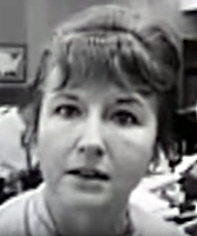
Reporter Aline Mosby
Similar to McVickar and Priscilla Johnson, Richard Snyder informs Korengold, and the UPI reporter attempts to secure an interview Oswald. The defector refuses an interview but not one to accept defeat easily Korengold would contact his fellow UPI reporter Aline Mosby and she would succeed in obtaining an extensive interview with Oswald akin to the one Priscilla Johnson conducted. Similar to Johnson's interview Aline Mosby would reinforce the idea of Oswald having emotional issues about women, his mother, and that he did not possess any deep understanding of Communism.vii One subsequent media interview featured Mosby offering, "Lee Harvey Oswald struck me as a young boy full of bitterness and hate, someone not too well educated, certainly not a brilliant person. I would say he was extremely superficial, very immature, and very misinformed." With this reinforcement of the broad portrait first begun in the reports of Priscilla Johnson, Mosby would establish the misguided loner Oswald legend despite that her path to him was crafted by intelligence. The Embassy would additionally inform reporter A.E. Goldberg who himself attempted to interview Oswald but like Korengold failed to obtain the defector's consent. Oswald presumably had a media presence in the Soviet Union following his arrival because American intelligence related personnel were freely distributing his name to the press.viii
Intelligence groups have and will utilize members of the press and authors to propagate their agendas, but such propagation requires creating "independent" media to garner maximum effect. Molding the perception of the public is a business and ethics or unbiased reporting hinders some people's attempts to benefit professionally. It seems there is no difference between public and official sources that will violate transparent and honest conduct to conceal the origin of media that is formed in part to secure official directives. We should not question just those media sources not in keeping with our preferred ideas but the motivation of all sources without overwhelming evidence.
Sincerely,
C.A.A. Savastano
References:
i. David Dary, McLendon, Gordon Barton, Texas State Historical Association, tshaonline.org
ii. House Select Committee on Assassinations, Segregated CIA file, MCLENDON was of covert interest to the Agency in 1952 but was denied security clearance in that year based on a background of fraud, duplicity, evasion, and an indiscreet (sic) moral life, NARA ID: 104-10124-10173
iii. Central Intelligence Agency, File on McClendon, Gordon Barton, 201-79764, pp. 1-18, NARA ID: 104-10177-10220
iv. HSCA, Seg. CIA file, Withheld, December 30, 1965, NARA ID: 104-10124-10176
v. Federal Bureau of Investigation, JFK Headquarters File 62-109060, Section 161, Memo from Rosen to DeLoach Re: "The Day Kennedy Was Shot", pp. 1-12
vi. HSCA, Seg. CIA file, Staff Notes, No Title, (n.d.), pp. 23- 24, NARA ID: 180-10141-10489
vii. Ibid, pp. 26-27
viii. Ibid, p. 25
Related Articles
Note the Chain
The Power of the Press
Related Presentations:
JFK Lancer “Myths and Misses”



